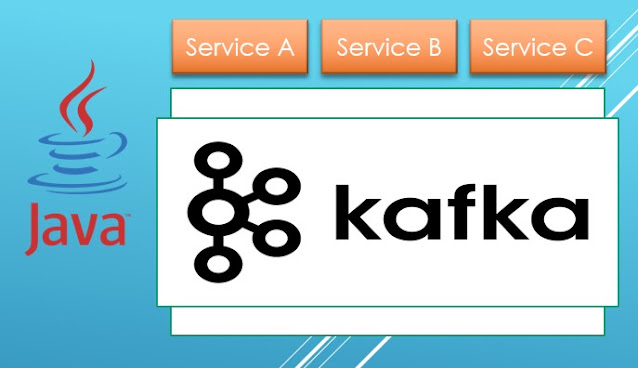HTTP Methods List (GET, POST, PUT, DELETE, OPTIONS, etc)
 |
| Photo by Austin Distel on Unsplash |
To request resource using HTTP you must specify the HTTP Methods, HTTP have some set of request methods to indicate the action to be performed by the client and the server. Sometimes These request methods are referred as HTTP verbs, but can also be referred as nouns. Each of them implements a different semantic, but some common features are shared by a group of them: e.g. a request method can be safe, idempotent, or cacheable.
Here's some HTTP methods you should know in order to understand the concept of HTTP process.
GET
The GET method requests a representation of the specified resource. Requests using GET should only retrieve data.HEAD
The HEAD method asks for a response identical to that of a GET request, but without the response body.POST
The POST method is used to submit an entity to the specified resource, often causing a change in state or side effects on the server.PUT
The PUT method replaces all current representations of the target resource with the request payload.DELETE
The DELETE method deletes the specified resource.CONNECT
The CONNECT method establishes a tunnel to the server identified by the target resource.OPTIONS
The OPTIONS method is used to describe the communication options for the target resource.TRACE
The TRACE method performs a message loop-back test along the path to the target resource.PATCH
The PATCH method is used to apply partial modifications to a resource.If you browsing on web browser, then enter the URL you want to visit, the GET method is by default the HTTP method is being use by the browswer. Meanwhile the POST and PUT usually to handle form transaction. If you input some text fields then hit submit button, most developer will use POST to be the HTTP method they choose. Because POST and PUT methods allow you to send Request body which will contains the data you've typed in the form you just submit. PUT methods specifically for handle update data, the POST method use for submit new data.
We don't use HTTP method that often in programming, the big 5 HTTP methods we usually use is GET, POST, PUT, DELETE and OPTIONS. To be honest I've never use any other HTTP methods than those 5 i mentioned.


